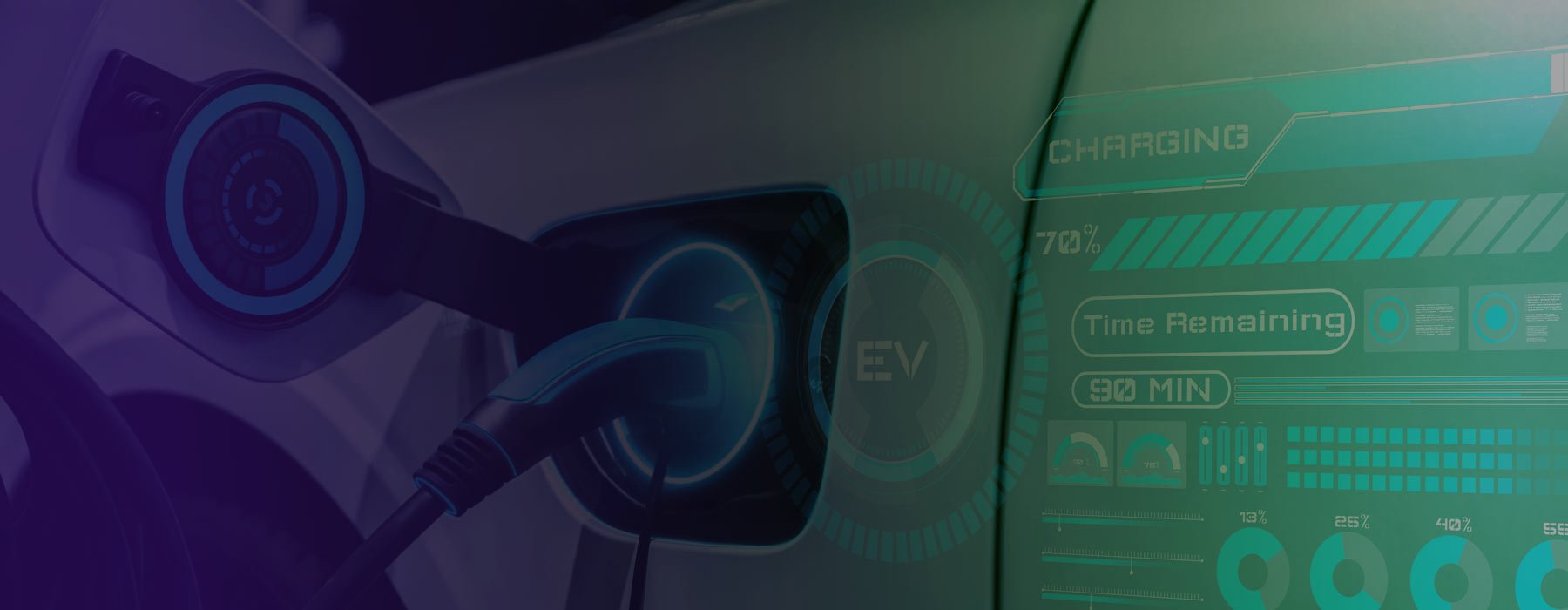
EV101 The Basics
Why Drive Electric?
Reduce Emissions
Electric vehicles are oil-free, produce no smog, and produce 85% fewer carbon emissions than gaseous vehicles. And if your car charges with electricity derived from renewable sources like solar or wind power, it can truly be a zero-emission form of transportation. Use this tool to investigate different car models compared by monthly costs vs greenhouse gas emissions.
Reduce Costs
Electric vehicles cut your fuel costs in half. It costs about $0.04 per mile to drive electric and about $0.13 per mile with gasoline. Maintenance costs are reduced too because there is no oil and fewer parts to service. Use this tool to compare the costs of different vehicles and learn how much money you could save with an EV.
Have Fun
Driving an electric vehicle is an experience like no other. Noiseless.
Instant acceleration. Accurate and responsive control. Check out DELA test drives on our Facebook page to learn more about the EV experience here.
Explore the Benefits of EVs
Individuals
Less maintenance, including no more oil changes
No more trips to the gas station! Charge at home and in public
Quiet Ride - No engine means no noise!
Better for the environment - EVs have no tailpipe emissions and fewer lifetime emissions than gasoline or diesel vehicles.
Fun to Drive!
Businesses
Installing electric vehicle charging infrastructure or adding EVs to your fleet is a fantastic marketing tool.
52% of employees believe their employer should be doing more to help the environment: show your employees that your business cares about reducing its carbon footprint
Installing charging infrastructure that is open to the public encourages EV Drivers to stop at your business and stay awhile while they charge
State & Local Governments
Investing in electric vehicles is a great way for cities to demonstrate their commitment to sustainability.
Due to the low cost of maintenance, investing in electric vehicle fleets shows a fast rate of return over time.
Municipalities may have more opportunities for rebates, tax incentives, or collective bargaining that decreases the cost of going electric.
Frequently Asked Questions
What is an Electric Vehicle?
An electric vehicle is a vehicle that uses electric motors, usually powered by batteries, for propulsion. There are various types of electric vehicles, including plug-in electric vehicles (PEVs), which includes plug-in hybrid electric vehicles (PHEVs) and all-electric vehicles (EVs), and traditional hybrid electric vehicles (HEVs).
How much does it cost to own an electric vehicle?
Typically, driving an electric vehicle costs about half as much as a conventional car. PlugIn America (2020) averages that charging your EV is equivalent to filling up with $1 per gallon of gasoline or driving a vehicle that gets over 130 miles per gallon. Initial costs of purchasing an electric car tend to be higher than conventional vehicles, but these prices can be offset by future fuel savings, and federal and state incentives.
To learn more, visit the AFDC cost calculator to compare annual costs associated with your current vehicle versus going electric.
What is the difference between an all-electric vehicle and a hybrid electric vehicle?
In all-electric vehicles, onboard rechargeable batteries store energy to power electric motors; these vehicles run only on electricity directly from the power grid using battery storage or from electricity generated onboard through fuel cells. A hybrid electric vehicle uses some combination of ICE and electricity for propulsion. A traditional hybrid electric vehicle combines an internal combustion engine (ICE) with batteries, regenerative braking, and an electric motor to provide high fuel economy. Plug-in Hybrid Electric Vehicles (PHEVs), like regular hybrid electric vehicles, combine an internal combustion engine with an electric motor and a battery. Unlike traditional hybrid electric vehicles, PHEVs batteries can be recharged by plugging directly into the grid.
How does charging work?
If you're not charging at home, there are plenty of apps and websites to locate public charging stations! PlugShare, ChargePoint, EVgo, and Tesla are just some of the options available. In North America, all level 1 and level 2 chargers are universal unless stated otherwise. For example, Tesla uses its own distinct charging port but comes with adaptors upon purchase. For DC fast chargers (aka level 3) there are two main types of charging ports used: CHAdeMO and CCS. These two ports are not interchangeable and you must know which port your EV is equipped to use. Scroll down to use the AFDC Station Locator and see all 130+ stations located across the state.














